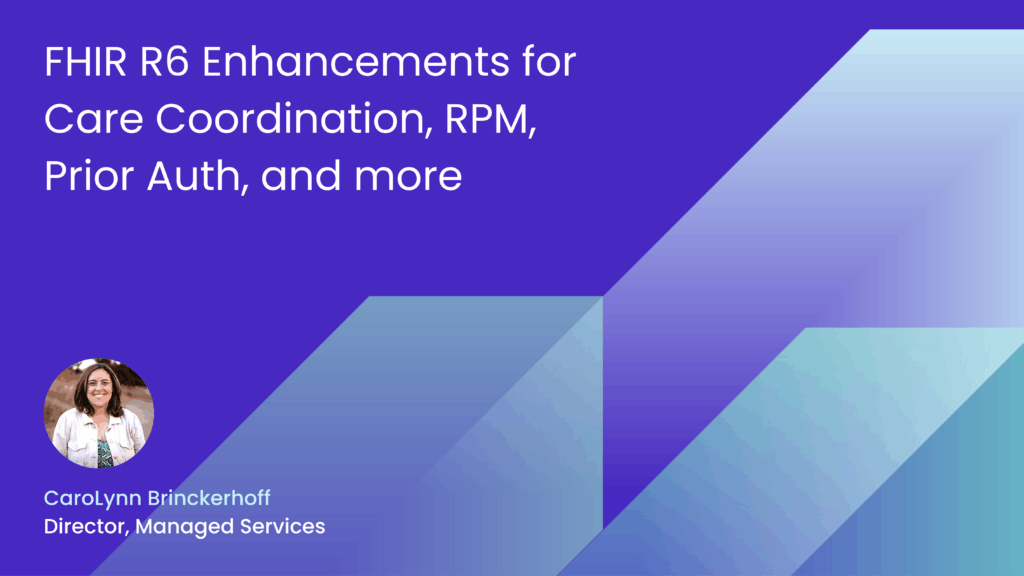These changes close some important healthcare data exchange gaps and unlock key use cases.
Here at Redox, we’re excited about the potential of FHIR R6. It’s a major step toward unlocking more nuanced workflows in areas like remote patient monitoring and public health reporting.
For the Teams Adopting R6 Solo
If you manage your own integrations and want to leverage R6, you’re looking at a major infrastructure upgrade. It’s achievable, but you need a plan.
What to Expect:
- A Mapping Overhaul: Prepare to dedicate engineering time to updating your internal translation layers. The subtle changes to existing resources (like Encounter Classification) and the introduction of new ones (DeviceAlert) require rewriting business logic to maintain compatibility.
- The Gotcha: Don’t just focus on the new features; the subtle structural changes often create the most unexpected bugs downstream. Pro tip: Plan for breaking changes and allocate dedicated QA time just for R6 validation. It’s the step most DIY attempts skip!
If You’re Already a Redox Customer (We Got You!)
If your application runs on Redox Engine, there’s no need to panic-migrate. We built our platform to absorb industry evolutions like this so you don’t have to scramble. Some major benefits of working with Redox as your interoperability partner:
- Shielded from Complexity: If your data source moves to FHIR R6, stays on R4, or uses an older standard, Redox handles the messy, one-to-many mapping complexity on your behalf.
- Enrichment + Orchestration: We combine in-flight enrichment with orchestration capabilities. This means we don’t just translate R6 data; we can add context and use its new fields to dynamically route messages or trigger complex workflows based on the data’s content.
- Adopt R6 on Your Schedule: We can incorporate specific R6 capabilities into our unified data model selectively. This allows you to leverage new R6 functionality when you need it without rewriting your core integration code.
The takeaway? We’ll be ready when R6 rolls out. Just talk to your Redox account team to discuss which R6 capabilities make sense for your roadmap. We’ll handle the heavy lift.

